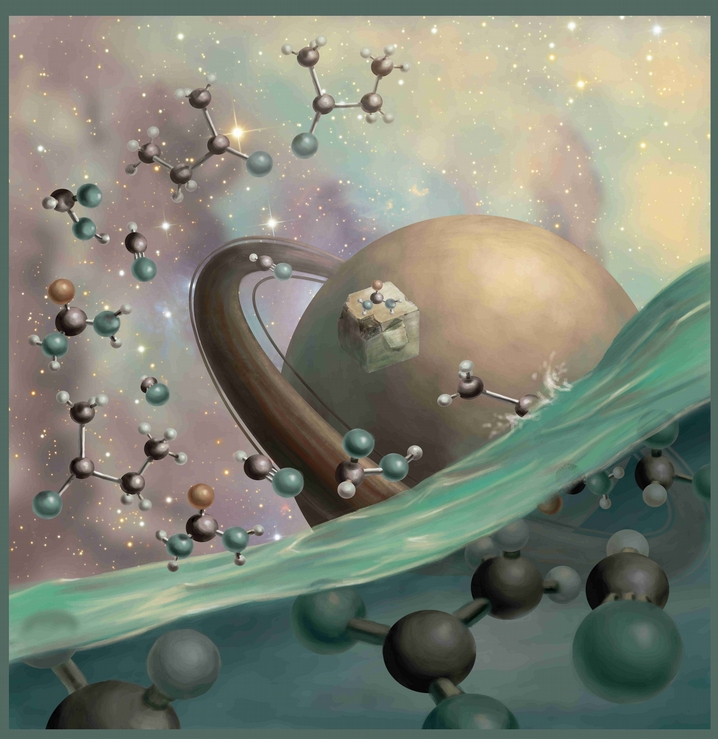The chemistry of life as we know it is based on an exceptional asymmetry. Namely: a molecule whose geometric structure is not identical to its mirror image has “chirality”. The mirror-image structures of a chiral molecule are called enantiomers. Just as we distinguish the right hand from the left hand, the two molecular structures related by their mirror image are identified as the L-enantiomer (from “levo”) and the D-enantiomer (from “dextro”). Amino acids, the building blocks of proteins, and deoxyribose in DNA, are chiral molecules. According to Francis Crick, “the first great unifying principle of biochemistry is the fact that all key molecules have the same chirality (“handedness”) in all organisms.” This property is known as biological homochirality. This biochemical asymmetry was discovered by Louis Pasteur in 1857. Almost 170 years later, its origin remains an enigma and has given rise to an exciting area of active research that benefits from the interplay between chemistry and physics.
To solve this problem, we focus our work on the following objectives:











